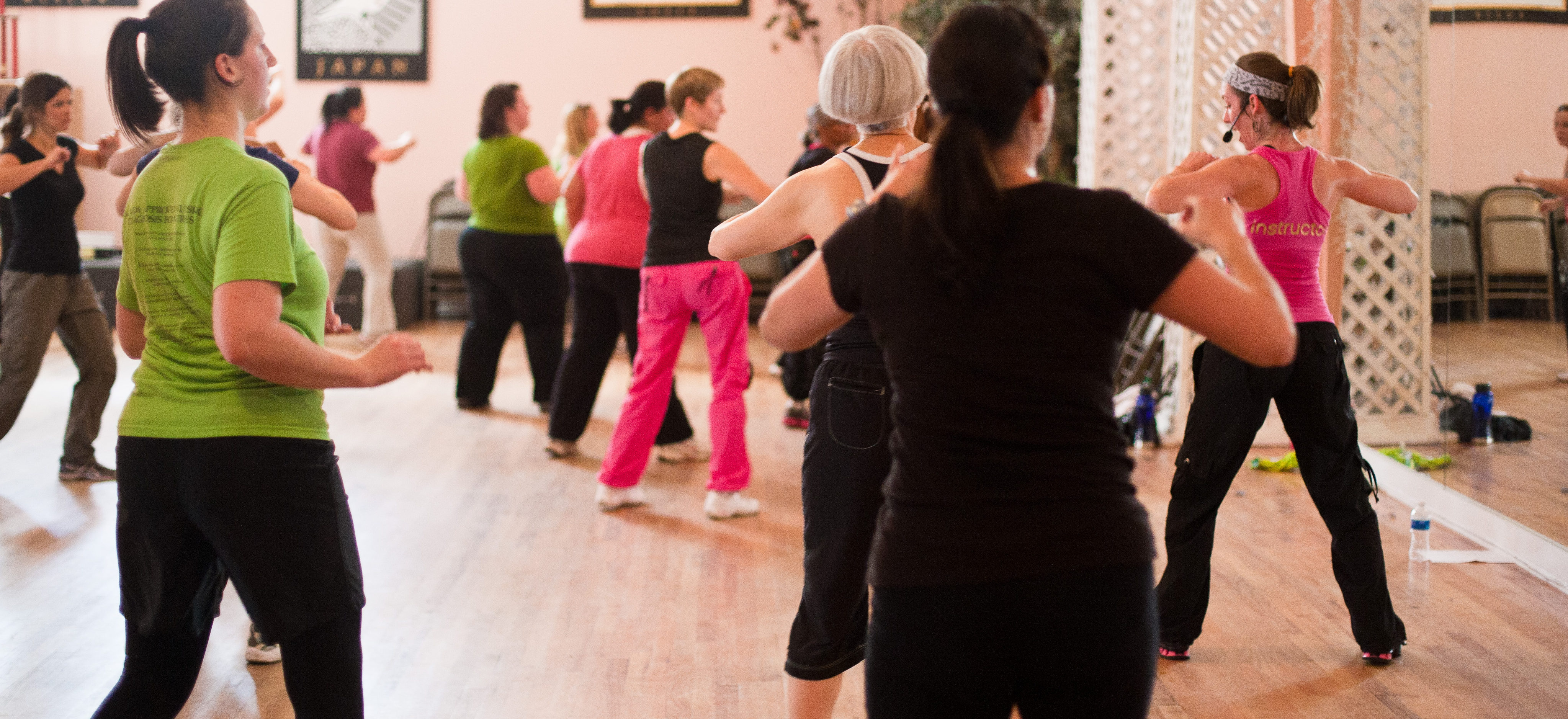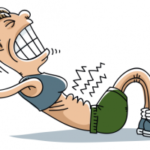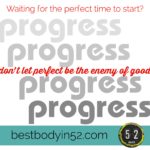
What do we do if some of those germs soak in?
- Live on the defense: arrive at the gym well-fueled and sufficiently-hydrated, topped off with antioxidants and electrolytes from eating fruits and veggies all week.
- Be consistent: active people tend to have lower cortisol levels, higher immunoglobulin levels, and better sleep — thus not just stronger muscles, but stronger immune systems.
- Know when to keep moving, and when to rest.

“What if I’m not feeling well, should I still exercise?”
What you eat will make up most of the caloric impact for the day while you’re unable to exercise, so carefully choose nutrient-dense foods (that are not as calorie-dense) to keep you strong for when you can return to more intense exercise.
Most of the time when not feeling well, people eat less naturally so there’s not a need to over-calculate. But be careful not to eat out of boredom or self-pity – it’s easy to do. (Too many popsicles, or maybe ginger-ale overload!)
You need good nutrition to heal, so be strategic and front load your fuel for the more active part of your day if you are still moving about. Power-packed, fluid-rich fruits and veggies to the rescue!
Most people who are fairly active burn 250-400 calories daily in general movement (NEAT: Non-Exercise Activity Thermogenesis), plus typical workouts burn around 300-400 calories for most women and a little more for men. This is less than the commercials tell you, I know :/.
If you feel sick, typically you’ll eat less than your metabolic requirement for the first day or two of feeling ill, and that’s also when you’re most contagious, so it’s a good time to rest and not worry about calories. In other words, it works itself out in the wash. Just focus on getting well!
Great advice from Sara Kooperman, CEO of SCW Fitness Education and WATERinMOTION®:
“Be cognizant of where you are in your sickness cycle. Do not exercise too early before you are in your recovery phase.
[Exercising too soon] may slow down your recovery because your body needs to conserve its energy and resources to fight the illness.”

There is a difference between not feeling your best and being sick.
Not feeling 100% peppy and energetic is quite typical: for many people it happens too often to make it a sedentary day.
The good news: the combination of endorphin-releasing exercise, good music or a podcast, and perhaps even some good company, has the power to bump you out of that “meh” cycle. I often leave a workout feeling somewhat spent, but ironically more energetic and light-hearted than I did upon starting.
And even better news: the more consistently you move, the more likely you are to fuel yourself better, the more likely your digestive system is to “move better,” the better you tolerate stress, the more vitality you experience…reversing that vicious “meh” cycle to make it into a VIVACIOUS cycle!
If you’re battling more than a cold, allergies, or a poor-fuel/poor-hydration induced headache, you may be sick (meeting “stay home from school” parameters). Lay low and get back into movement when you’re feeling better and well-hydrated. If you have a fever, chest congestion/hacking cough, or a stomach bug, stay home and rest. If your tummy is unhappy, give it a break from food. I tell my kids when your tummy is sick it’s saying, “please leave me alone for awhile!”
When feeling better, start with the typical “BRAT” foods: bananas, rice, applesauce, toast/bland crackers like saltines, and then add a broth based soup if available.
If you are not feeling especially poor (for example you have a cold or you’re fighting allergies), just try to just move a little, even if it’s not intense. For example, a nice walk.
“Your main exercise today is not physical but mental —
The “neck test.”
A typical general rule that many of us adhere to in the fitness field is the “neck test.”
Dr. Len Kravitz, author of “HIIT Your Limit,” and program coordinator of Exercise Science at the University of New Mexico says, “I usually follow the ‘below the neck’ rule of thumb when it comes to exercising when you aren’t 100%. If a student has a fever, cough, chest congestion, full body aches or feels really weak or nauseous, I encourage them to skip the workout.”
Melissa Layne, Kinesiology Department faculty member at the University of North Georgia, agrees. She advises, “If your symptoms are above the neck, lower your intensity, listen to your body, and move only as much as makes you feel better.”
Exercise can actually relieve mild nasal congestion and boost the immune system, so it’s usually okay to keep moving if your symptoms originate above the neck, if you are up to it.
Fatigue and headaches are often symptoms of poor nutrition and inadequate hydration, so consider your last 24 hours and what you could do to improve your intake before taking an automatic pass on your workout. It might just need to be bumped to later in the day once you’ve fueled and hydrated yourself more adequately.
In pursuing wellness, it’s critical to be aware and self-assess regularly. In the case mentioned above, you might just need a tall glass of water, a couple ibuprophen, and a pep-talk about fueling wisely more than you need a long nap. If you regularly eat balanced meals and smart snacks, stay hydrated, and prioritize adequate sleep, you can more easily detect when something is off, because you know your body well enough to notice inconsistencies.
If you need a sick day, don’t stress about calories, just take good care of yourself: you’ll be back to your strong self soon! Just remember, keeping up is easier than catching up, and exercise can relieve some of the stress associated with not feeling your best. So don’t stay out of those sneakers for too long!



